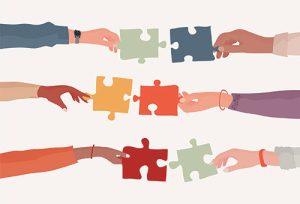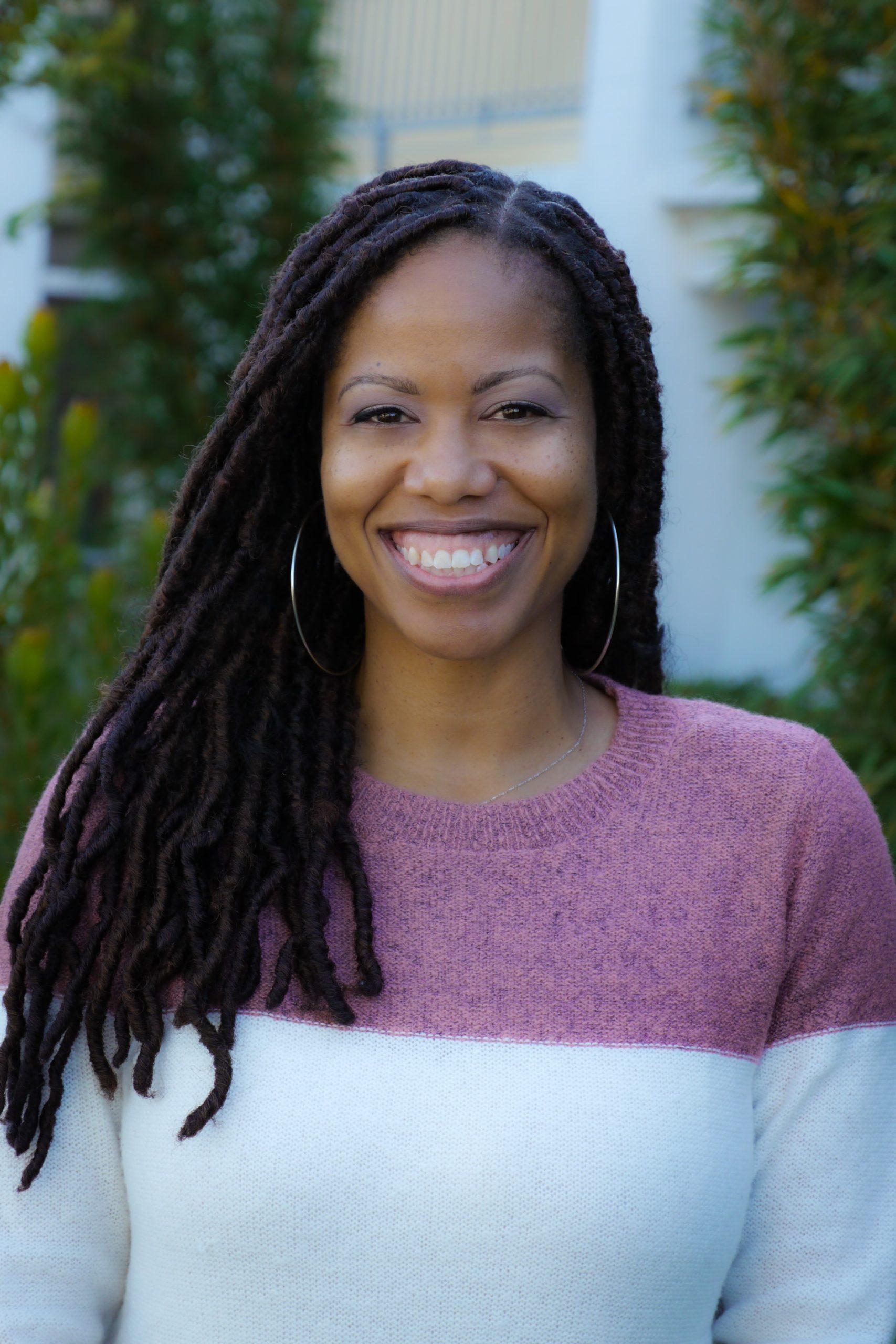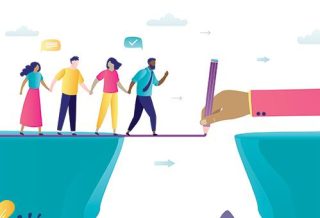EQUITY & IMPROVEMENT
To effect real change, build relationships first
By Val Brown
Categories: Collaboration, Improvement science/networks, Reaching all studentsApril 2023
Early in my professional career, I identified my “why” as bringing together diverse groups of people to solve complex problems and make the world a better place. It’s ambitious, but that’s the point. It feels important enough to get up and work for every day.
I believe that, if we work together, solving our most pressing issues in education is within our reach. After all, human capacity and potential are enormous — we’ve created everything from the abacus to organ bioprinting.

One structure for bringing people together to learn about and solve complex problems is improvement science, a method for planning, implementing, and studying change ideas that is a focus of this journal issue. In her book, Improvement Science in Education: A Primer, Brandi Nicole Hinnant-Crawford (2020) wrote, “Harnessing the power of the collective is the essence of the first principle of improvement science.”
That focus on collaboration is not always front and center in improvement science. Traditionally, the first principle that improvers emphasize is making the work problem-specific and user-centered. Hinnant-Crawford’s interpretation is important because it humanizes the process of improvement science and reminds us of the power of working together. In fact, it makes me wonder: Can we even call ourselves practitioners of continuous improvement if we have not been intentional about learning how to be together?
People can harness their collective power to solve complex problems through improvement science, a method for planning, implementing, and studying change ideas. #TheLearningPro Share on XOne of my favorite historical examples of learning how to be together, and making change as a result, is of the first Rainbow Coalition, an unexpected alliance of Black, Latinx, and white activists in Chicago, Illinois, who in the 1960s improved their communities by organizing blood drives, a health clinic, and free breakfast programs (Santisteban, 2019). The coalition worked because it brought together diverse community members who were close to the problems in their community and had a deep understanding of what solutions would be the most helpful. However, before they could solve any of their collective problems, they had to find ways to connect across their segregated communities and overcome explicit and implicit biases about one another. They had to learn to communicate with one another, trust each other, and find common ground. Their improvement efforts would have been impossible if they had skipped those steps.
I believe something similar is possible in schools. To be honest, though, I overestimated how easy it would be to bring together a diverse group of people and keep them working together to improve schools, especially within the current context of tensions and divisions across race, class, and political lines.
Many of the systems operational in schools today were designed in ways that championed individualism. Most teachers work in isolation for a significant portion of the day. Students are assessed on their individual efforts. School administrators have limited and narrow ways to connect with one another, even in the same district. Caregivers and other community members are only invited to schools on select days.
Given these long-standing structures, we often fail to traverse socially constructed barriers and build bridges, even when we could. But the fact that the work of collaboration is hard shouldn’t make us any less committed to figuring out how to get it right.
I invite you to start by intentionally designing and building an improvement team that is inclusive and prepared to learn together. Here are some questions you might ask yourself during design:
- Have you given yourself time to find and recruit members for your improvement team? Are you willing to add members if you find a key perspective is missing?
- Does everyone feel included? How do you know?
- What working agreements do you need to function well as a team?
- Are team members able to work through conflict? Pay particular attention to how they handle conflict that arises from or is informed by implicit biases. How do you know whether they are able to work through conflict? How can you build the team’s capacity to do so?
Taking time to reflect and act on these questions increases your chances of engaging in improvement efforts that are truly collaborative and built to last. When people feel like decisions and processes for improvement are being made with them instead of to them or for them, there is likely to be more collective action and less resistance. When people dream and create together, they become more invested in one another and in seeing their collective dream come to fruition.
I know this takes time that we may feel we don’t have, but we have to make time for each other. I believe wholeheartedly that improving our relationships with one another is the first necessary and meaningful step we can take to transform ourselves, our schools, and our world.
''Improving our relationships with one another is the first necessary and meaningful step we can take to transform ourselves, our schools, and our world.'' #TheLearningPro Share on XDownload pdf here.
The fact that the work of collaboration is hard shouldn’t make us any less committed to figuring out how to get it right.
References
Hinnant-Crawford, B. (2020). Improvement science in education: A primer. Myers Education Press.
Santisteban, R. (Director). (2019). The first Rainbow Coalition. Nantes Media.

Val Brown (vbrown@carnegiefoundation.org) is director, future of learning at the Carnegie Foundation for the Advancement of Teaching.
Categories: Collaboration, Improvement science/networks, Reaching all students
Recent Issues
LEARNING DESIGNS
February 2025
How we learn influences what we learn. This issue shares essential...
BUILDING BRIDGES
December 2024
Students benefit when educators bridge the continuum of professional...
CURRICULUM-BASED PROFESSIONAL LEARNING
October 2024
High-quality curriculum requires skilled educators to put it into...
LEARNING TO PIVOT
August 2024
Sometimes new information and situations call for major change. This issue...












